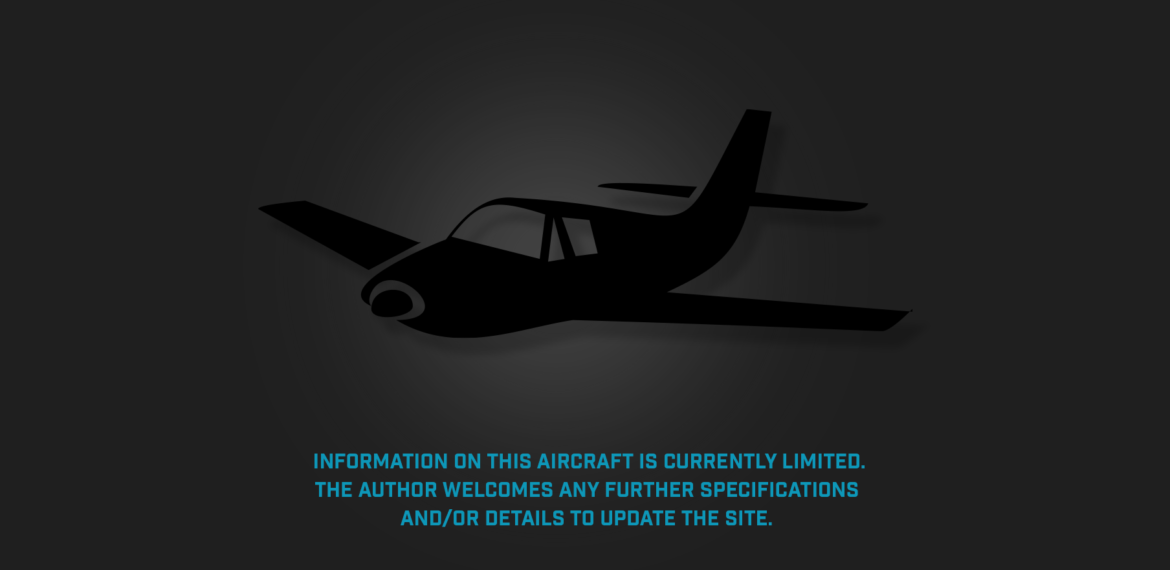Photograph:
Photograph not yet available
Country of origin:
Australia
Description:
Single-seat light amateur-built aircraft
Power Plant:
One 4.4 kw (6 hp) Douglas motor cycle engine
Specifications:
- (Biplane)
- Wingspan: 7.31 m (24 ft)
- Length: 5.48 m (18 ft)
History:
During the 1930s Mr Percy Hick of Ballingal, near Griffith, NSW, with the assistance of his two brothers Stanley and Allan, built two aircraft. Work on the first aircraft commenced in late 1932, the brothers reading and studying American magazines with stories about amateur-built aircraft. The first was a single-engine parasol wing type. Little is known about this aircraft other than it was similar in appearance to a Heath Parasol. It was a single-seat aircraft which was built by the brothers over a period of 18 months in their spare time, work taking place on the back verandah of their parents’ home. It was of all-wood structure using redwood plywood and oregon. The main spar was oregon with wire bracing and metal fittings were constructed of mild steel.
The aircraft was covered with fabric. A 4.4 kw (6 hp) Douglas single-cylinder motor cycle engine was installed and initial testing took place at the home on a local road without the wings attached. During testing a strong wind turned the aircraft over and it was badly damaged. It then became known as the Aussie Drone and it seems no further work was carried out on this aircraft.
A second aircraft was built, this being a twin-engine biplane which used some parts from the single-seat parasol aircraft. This was to be an aircraft with two Douglas side-valve motor-cycle engines, these being the only units the brothers could afford. A larger fuselage was built with provision for luggage behind the cockpit, construction being similar to the earlier aircraft.
The wing had two spars and solid ribs, being internally wire braced. The undercarriage was sprung independently with coil springs, being fitted with 51 cm (20 in) bicycle wheels which received some strengthening. During testing these were replaced by stronger bicycle wheels and the undercarriage was fitted with a straight-through axle and rubber shock cords in lieu of the previously fitted springs.
Trials took place in local paddocks in the Ballingal area but difficulty was experienced with both engines and after a short period it was decided to convert the aircraft to single-engine configuration. This resulted in the purchase of a more powerful over-head valve Douglas engine from a racing motor bike with AJS pistons which provided about 15 kw (20 hp). Twin magnetos and dual spark-plugs were installed and the aircraft was taken to an airstrip for further testing. However, the propeller broke and efforts were made to obtain another suitable unit. In the meantime the brothers obtained work away from home and no further work on the aircraft took place.
Photographs of the aircraft indicate it was painted red with yellow trim, labelled ‘Made in Griffith 1934-35′.
It is noteworthy no Civil Aviation Board inspections were made of these two aircraft during their construction. Locally the Biplane was described as similar in appearance to a Sopwith Camel. A photograph of the aircraft appeared in the ‘Sydney Sun’ newspaper on 25 June 1936. The Biplane is not known to have ever been flown.

